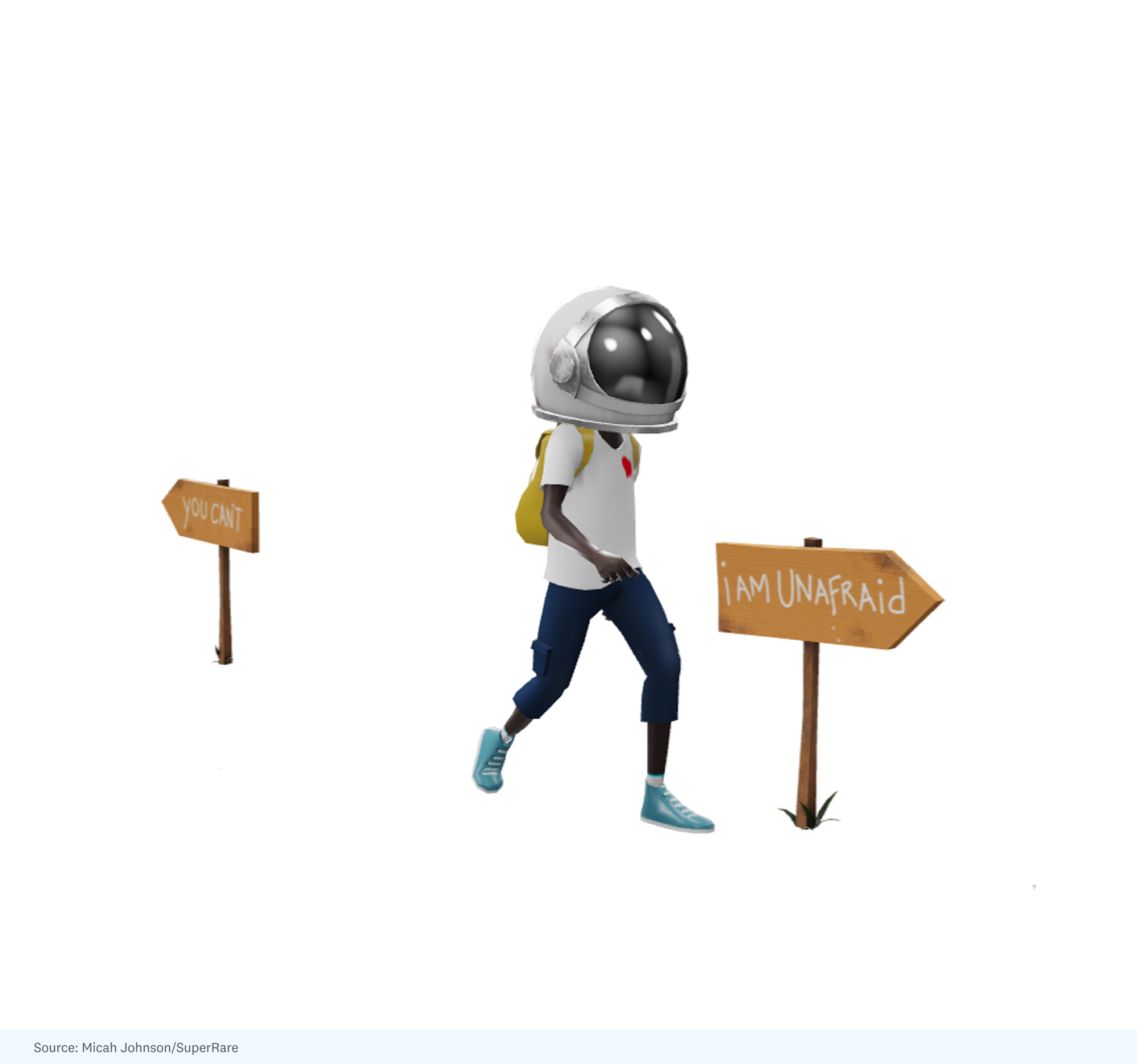Of course, it’s not all fun and games, either — DAOs, after all, are not just an abstract crypto concept, but systems of people. And while they create new models for human coordination around shared principles or goals, they also present new challenges for effective governance, day-to-day execution, and scaling. Some of these include answering the following questions, which will require significant experimentation, but I share some thoughts below:
What types of decisions should DAOs be optimized around? If communities need to vote on every little detail of a character, the experience will be less interesting, less efficient, and would likely have lower participation. If the decisions that are voted on are too high-level, though, community members may not feel like they have enough control and ownership.
Who will manage day-to-day administrative and community management functions? I’d argue that DAOs are more effective as a “creative board,” voting on key high-level strategy decisions and roles while outsourcing product management and creative development to third parties through RFPs.
How will DAOs maintain quality control around the IP? Major character franchises have strict rules around what the characters can and can’t do or say, to establish consistency, identity, and, yes, quality too. Communities will need to establish their own guidelines or principles for their characters that members can use to evaluate new proposals. Ultimately, if communities pursue many different activations of the character across different forms of media at once, some of these will be more successful and better experiences than others. The key here is that all these experiments can happen in a way that they cannot within corporations.
How will DAOs convert revenue generated from character IP off-chain back into the on-chain treasury? The sale of NFTs enables an easy way to fund an on-chain treasury that can be managed by token holders. But DAOs may need third-party administrators that can provide payments and contract services at the direction of the DAO to bridge off-chain (e.g., real world) and on-chain revenue, expenses, and treasury management.
***
The costs and barriers of bringing a new character into the world, testing to see if it resonates with a specific audience, and bootstrapping various forms of media and stories built around that character are dramatically declining — thanks to crypto, as new tools like NFTs and DAOs emerge.
Not only will individual artists have an enormous opportunity to build communities around their work, consumers will be able to move from passive to active participants — storytellers alongside the artists that they support — and previously left-out stakeholders, like parents, underrepresented creators/consumers, and others can find new avenues and voice.
Thanks to Chris Lyons and Micah Johnson for conversations that inspired these ideas. The views here are my own and not representative of my employer.

